By Susanne von Rosenberg, UC Master Gardener of Napa County
It's almost the end of March, and we're getting close to the planting season for summer vegetables. At the same time, we're supposed to avoid any non-essential contact with other people.
What does this mean? It's the perfect opportunity to gain experience starting vegetables from seed. You can order vegetable plants through the mail, but you'll have a much wider range of choices and you'll save money if you start plants from seed.
Some seeds are typically planted directly into the soil; others need to be started indoors and then transplanted. Plants with larger seeds, such as beans and squash, are started directly in the ground. Plants with smaller seeds, such as tomatoes and some herbs, are usually started indoors.
Ideally you would have started tomatoes from seed by the beginning of March, but if you choose tomato varieties that ripen relatively quickly, you can still start them now. You'll plant them out in the middle of May and have a good harvest by August. Start planting beans and chard from seed when the soil has warmed up somewhat (the middle of April); cucumber, squash and melon seeds should be planted when the soil has warmed to at least 65°F—typically the beginning to the middle of May, depending on where you live.
You also still have time to get in some spring vegetables. It's not too late to plant peas. I love being able to eat sugar snap peas right off the vine. Radishes and most lettuces mature quickly. You can also grow mixed greens either for salad (mesclun) or braising greens. You should be able to harvest your first crop within 30 to 40 days of sowing. If you want to grow lettuce to a mature size from seeds planted now, plant it in an area that gets afternoon shade.
What do you need to be successful starting seeds? All seeds need air and water, and some seeds (primarily lettuces) need light to germinate. If you are planting outdoors, the soil should be moist but crumbly. If it's too wet or too cold, seeds can rot. If your soil feels like a wrung-out sponge, it's just right.
Amend and fertilize your soil before you plant. Rake the planting bed well. You want it to be easy for the seedlings to emerge. Never let your planting bed dry out after you've planted the seeds. Once they have started to germinate, they'll die if they dry out. Water your soil gently to moisten it without disturbing it.
Aside from keeping the soil moist, the biggest challenge with starting seeds in the ground is that many critters really appreciate a tasty green sprout. I used to have no luck starting plants from seed; it seemed like none of my seeds ever sprouted. As it turns out, I just had particularly diligent birds eating all the sprouts as soon as they appeared. If you suspect that you have interested critters, consider covering your seed bed with floating row cover or a wire cage with a fine enough mesh to keep out snails, birds and field mice.
If you're starting seeds indoors, you have greater control of your environment, and it will be easier to keep your seed-starting medium evenly moist. Using seed-starting medium rather than regular potting soil is important for smaller seeds.
Your biggest challenge will be making sure your seeds get enough light once they've sprouted. You can buy a fancy plant light, put together your own, or simply set seedlings outside in a protected location during the day. (Bring them back in at night.) When your seedlings are outside during the day, they're getting accustomed to the harsher outside conditions and will suffer less transplant shock when you plant them into the ground.
Start fertilizing your indoor seedlings with half-strength liquid fertilizer when the first true leaves appear (the ones that look like the plant you're growing). If you've grown your seedlings entirely indoors, you need to acclimate them to the tough outside world before you plant them in the ground. This is called “hardening off.”
Start by setting your seedlings outside for half the day in a shady area. Over the period of about a week, increase the amount of time they spend outside and the amount of direct sun they get, until they're outside all day in the full sun. Then they're ready to plant in the ground.
I have a few other tips for you to make your seed planting more successful. If you're starting your seeds indoors, plant two seeds per pot or cell. That will greatly increase the odds that you'll have at least one seed sprout. (If both sprout, pinch off the weaker sprout.) Use fresh seeds. They're more likely to sprout and they'll produce healthier plants. Finally, get your irrigation and any structures such as a trellis set up before you plant your seeds or seedlings. It's much easier than trying to install it later when you have to work around your plants. Trust me, I know.
The UC Master Gardeners of Napa County are volunteers who provide UC research-based information on home gardening and answer your questions. In keeping with current precautions and recommendations, Master Gardener in-person events and programs are canceled through the end of April.
Attached Images:
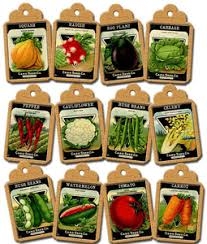
Seed packages, select your favorites. (Clker)
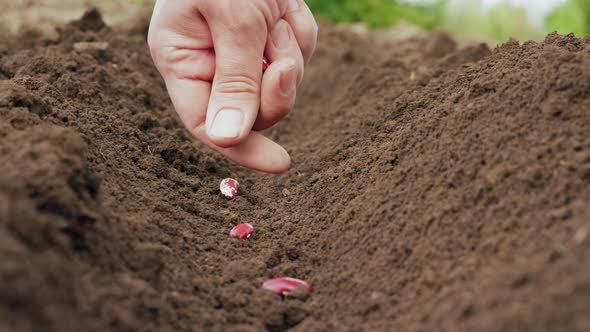
Direct sow, follow package directions. (VideoHive)
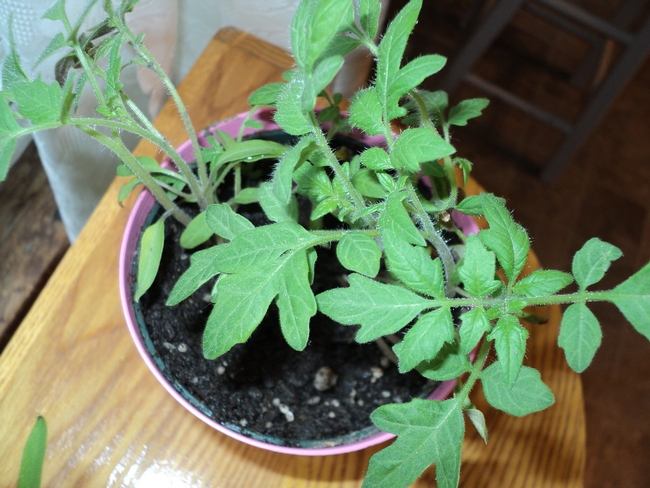
Tomato transplant (Sam T, samm4mrox)
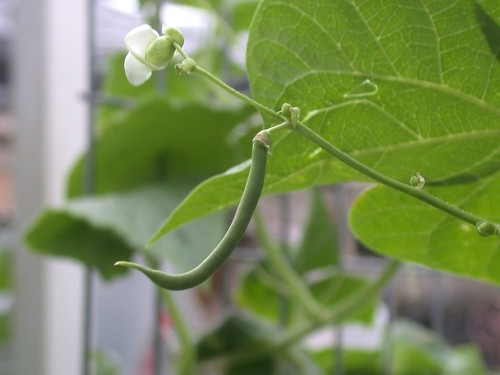
Beans (graibeard, LazyHousewife-9709)
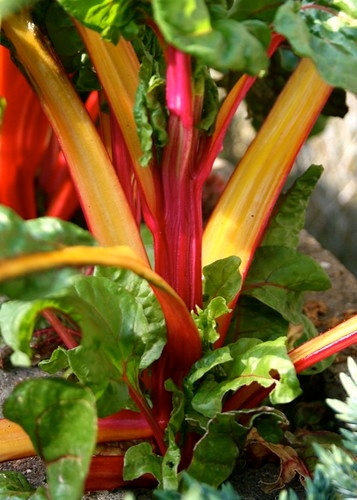
Swiss chard; this is Rainbow. There are others. (Fluffymuppet)
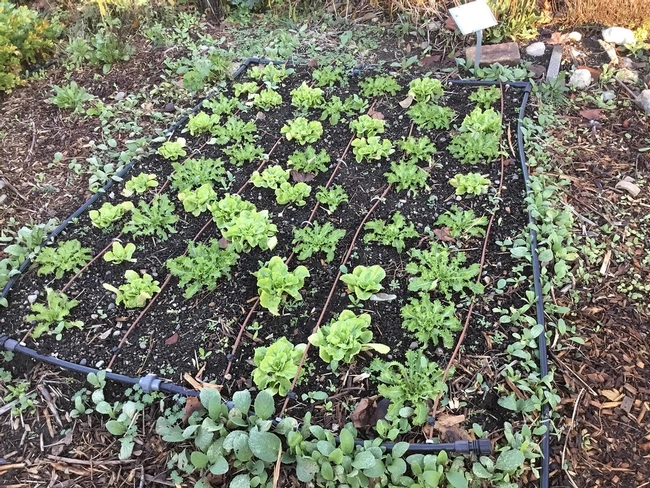
Be sure irrigation is in place. (gardenhotline)
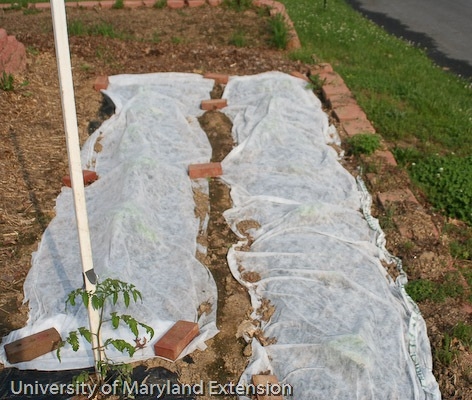
Floating row cover protects seedlings from predators, and from frost.(Univ of Maryland Extension)
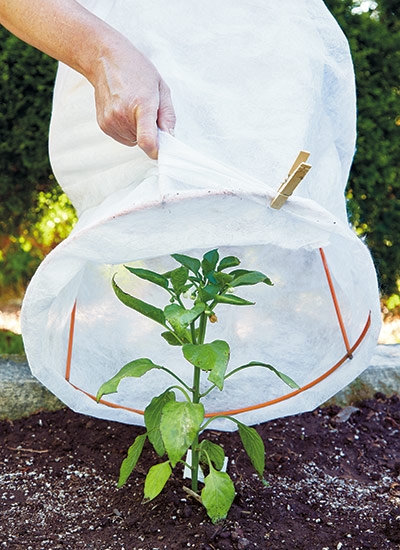
Wire cage with cover. (Garden Gate Magazine)
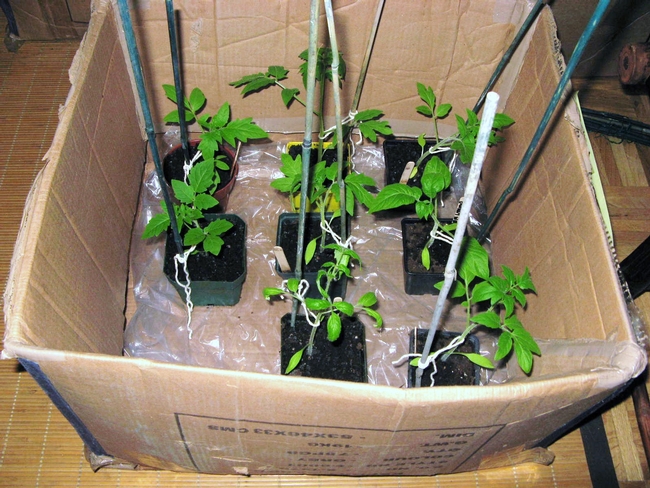
Harden off seedlings (Maloca Garden-WordPress.com)
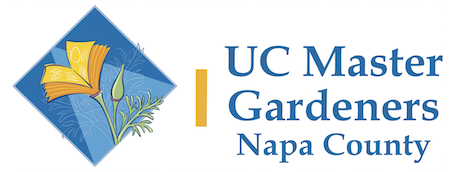
We're here for you by email or phone. (UC ANR)